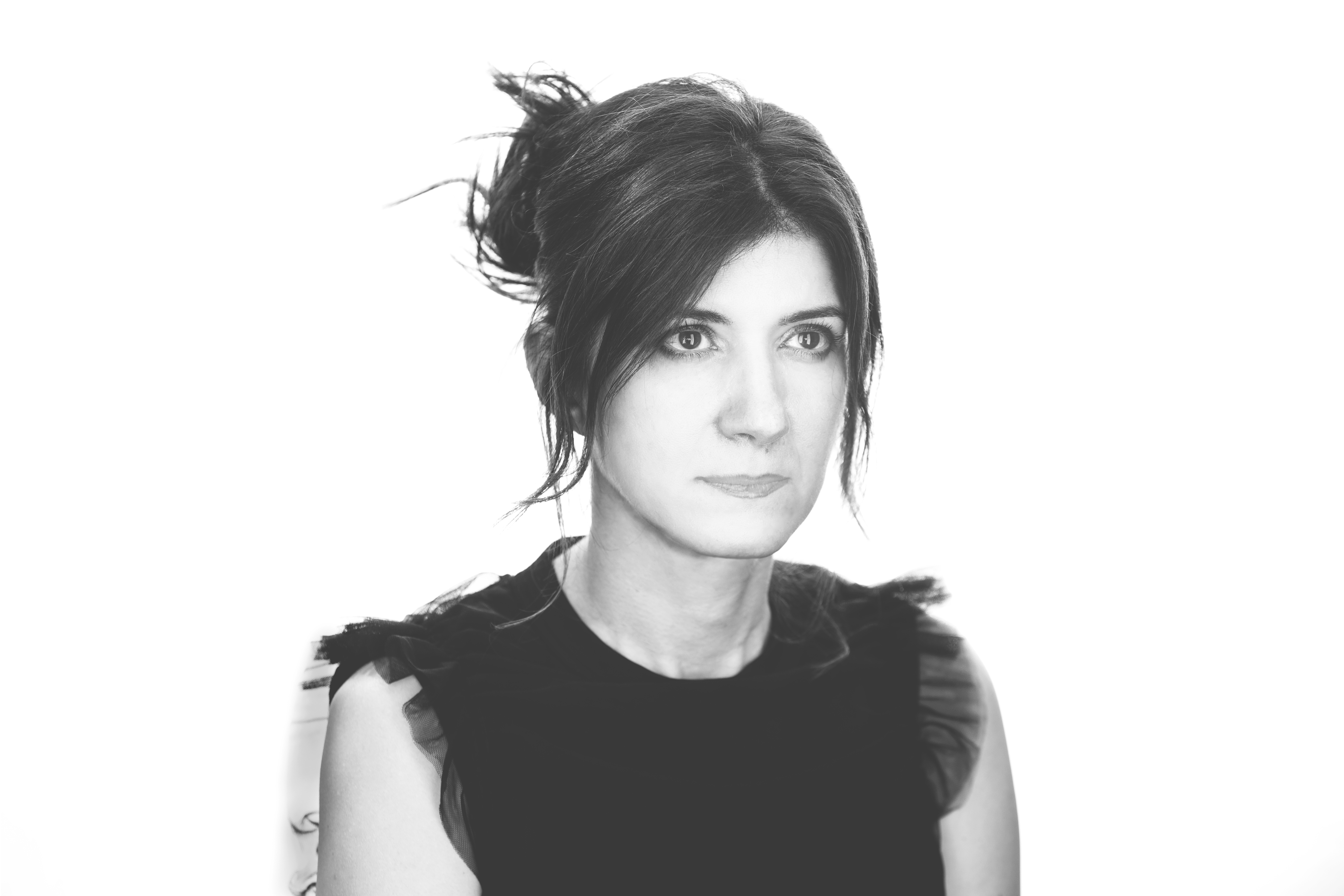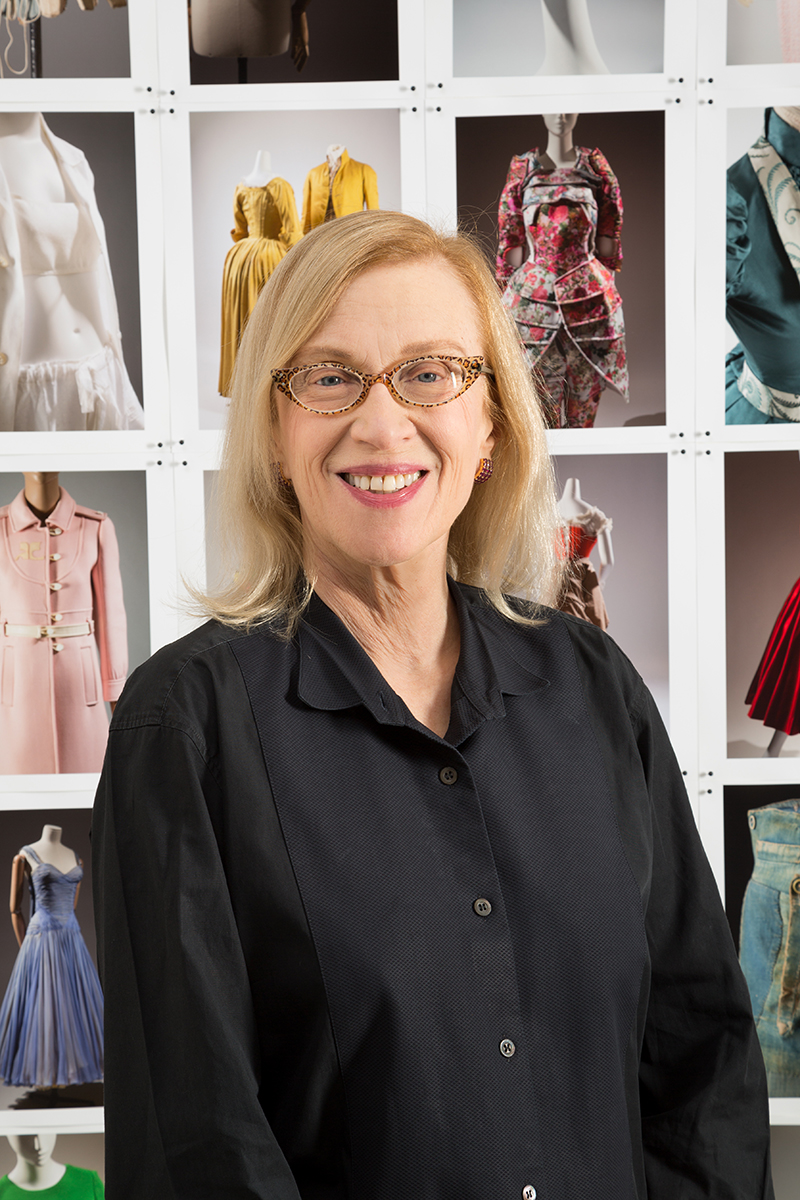From masks and face shields to leggings and sweatpants, the coronavirus pandemic has already impacted what we wear. But will this moment also influence fashion for generations to come?
I spoke with Valerie Steele, director and chief curator of The Museum at the Fashion Institute of Technology, about how her deep historical knowledge could help us answer this question. Valerie has the rare ability to take serious scholarship and bring it to wide audiences through exhibitions like Power Mode: The Force of Fashion, The Corset: Fashioning the Body, and Pink: The History of a Punk, Pretty, Powerful Color. Here are some highlights of our conversation:
Historically, catastrophes often amplify the fashion trends that were already emerging
“I’ve looked at the trends that emerged after major crises in history. I think we can’t generalize because there are different types of crises, but catastrophes tend to exaggerate what happened before. For example, the Black Death emerged in Europe in 1347. In the beginning of the 14th century, clothes had started to become more fitted and more sexually dimorphic. They had buttons and laces and more embroidery. And these trends really took off afterwards. It is not that the plague caused people to get more body conscious and fashion-y. It exaggerated what had already started. As another example, World War I was a bloodbath, completely horrible. A third of the young men in France were killed or were mutilated. If you look at pictures from 1920 you would think that the war transformed everything. But pictures from 1910-1912, before the war started, reveal that women had started to wear brassieres, expose more of their legs, and wear skimpier underwear before the war. The war did not start new styles, it exaggerated the styles that had already begun before the war.”
Athleisure isn’t going anywhere
“I think we’ll definitely see the continuation of the casual clothing trend. It has already been ten years ago that Karl Lagerfeld said “Wearing sweat pants all the time is just saying, I give up, I am not trying anymore.” But people have continued more and more to wear sweatpants and t-shirts. So, I think that trend will continue, particularly as more people will work from home at least some of the time. On the other hand, there are people who are desperate to get out and socialize again and some of them have been shopping online during the crisis anyway. But I think a lot of people are going to continue with the casual clothing trend most of the time. And of course a lot of people are going to be out of work or making much less money and that is likely to have an impact on what people will wear.”
Garments that emerge from protection inevitable become fashion
“I think that masks will definitely become a fashion accessory. This is something we are seeing already with people like Nancy Pelosi in the Senate, who is matching her masks to her outfits. You see it with people who are wearing bandanas, like cowboy bandits, instead of wearing a regular mask. We started seeing it with the all the options that are available online. Masks will follow the trajectory of other garments that were initially rooted in protection, such as gloves. Gloves were initially used for practical reasons. By the middle ages, they were definitely a high fashion statement, embroidered and perfumed and given as gifts, and men with jeweled gloves were often portrayed in Renaissance paintings. I think that once the fashion system begins to gear up in any culture, then anything can be made special.”
Virtual fashion has entered the mainstream
“I’ve been coming up across articles and individuals who have been telling me how much they love the Animal Crossing app. It struck me because costumes are an important part of it. There are these little hedgehog sisters who run a fashion shop. And you can dress your character in fancy fashions, historical fashions, wigs, tuxedos. Some of it is fashion, but some of it is very costume play. And apparently even some real fashion designers are getting involved in producing clothes for the app.
The lockdown allowed people to play more with these kind of video games. But I think young people are accustomed to playing video games and interacting with other people in virtual worlds. Creating these avatars, their own little identity figures is really enjoyable to them. It is a form of imagination. You could create your own little world by drawing cartoons or writing graphic novels. In Animal Crossing, you create a world where you can have all the clothes you want. It could become problematic, if someone who is socially anxious ended up interacting with people only online. But in general, I think it is a creative outlet. It is just another medium.
I expect that this trend will continue and that there will be more fashion opportunities. Fashion companies are looking for new ways to promote their styles because people are becoming more resistant to advertising and magazines are dying out.”
Zoom and Instagram will continue to influence what we wear and how we wear it
“We have already all the filters which make you look better on Instagram. And now people buy makeup and clothes that look good on Instagram. Colorful clothes and particularly colorful patterns look better on screen than black or white. It is also very difficult to see texture online, no one could see velvet textures for example. Designers have been paying a lot of attention to that. They realize they’ll get many more likes on social media with printed and colorful clothing.”
Concluding Thoughts
“We are working hard on making our online offerings more diverse: exhibition tours, podcasts, interviews. And, like all museums, we need to make the exhibition experience safer, with directional symbols and indications where to stand, so people move through the show in the same direction, and stay a safe distance apart, minimizing contact with others. We will also need to monitor how many people can enter a gallery at the same time. It is complicated but not rocket science!”
The transcribed text has been edited for length and clarity.


